Ganggangsullae Sillim Branch (강강술래 신림동)
16.4Km 2021-03-26
1660, Nambusunhwan-ro, Gwanak-gu, Seoul
+82-2-886-9233
It is a place where family gatherings and group dining are available. This Korean dishes restaurant is located in Gwanak-gu, Seoul. The most famous menu is marinated grilled ribs.
Mapook (마포옥)
16.4Km 2021-03-24
312, Tojeong-ro, Mapo-gu, Seoul
+82-2-716-6661
It’s a 2020 Michelin Guide restaurant. This Korean dishes restaurant is located in Mapo-gu, Seoul. The representative menu is brisket and ox bone soup.
Vue de nuit depuis le pont Mapo (마포대교 야경)
16.4Km 2021-03-26
Mapo-dong, Mapo-gu, Seoul-si
+82-2-3153-8365
Le pont de Mapo qui relie Yonggang-dong, Mapo-gu et Yeouido-dong, Yeongdeungpo-gu mesure 1 400 mètres de longueur et 25 mètres de largeur (route à 6 voies). Le pont est le quatrième qui a été construit au-dessus de la rivière Hangang après le pont Hannam. La construction a débuté en février 1968 et totalement terminé en mai 1970. Au moment de l’achèvement du pont, celui-ci a été nommé « Pont de Séoul » mais plus tard en 1984 il a été renommé en tant que « pont de Mapo »
E-Land Cruise (bateau de croisière du fleuve Han) (한강유람선)
16.4Km 2020-04-28
343, Yeouidong-ro, Yeongdeungpo-gu, Seoul-si
Les bateaux de croisières du fleuve Han ont commencé à naviguer le 26 octobre 1986 en traversant le centre de Séoul de l'Est vers l'Ouest.
E-Land Cruise SA veut développer le fleuve Han, une ressource naturelle qui se trouve au centre de la ville, en un complexe de parc thématique symbolisant la ville de Séoul. De plus, les bateaux de croisières sont en circulation pour transmettre un message amical et direct aux étrangers pour le développement du fleuve Han en un site touristique mondial.
Pour les Séoulites, E-Land Cruise est un endroit de relaxation urbain qui offre tranquillité, repos, joie et souvenirs.
Village Seochon (서촌마을)
16.5Km 2021-07-14
45, Pirundae-ro, Jongno-gu, Seoul
Le village Seochon se situe à l'est du palais Gyeongbokgung. Il s'agit d'un lieu composé à la fois de maisons traditionnels hanok, de petites ruelles paisibles, mais aussi de nouveaux magasins qui forment une très belle harmonie dans le village. En parcourant les nombreuses petites ruelles des lieux, vous pourrez aussi apprécier plusieurs peintures murales très colorèes. Ce village se distingue donc par son côté à la fois pittoresque mais aussi raffiné.
Nuwa [Korea Quality] / 누와 [한국관광 품질인증/Korea Quality]
16.5Km 2021-03-29
3-1, Pirundae-ro 5na-gil, Jongno-gu, Seoul
This hanok (traditional Korean house) is located deep in the Seochon Village, west of Seoul’s Gyeongbokgung Palace. Its tasteful renovation of a small 33 m2 hanok made it highly popular among the younger guests. The courtyard has a low maple tree and tastefully arranged stones, while the hanok is capable of accommodating up to 2 persons.
This L-shaped hanok has a full window wall facing the living room, which is furnished with a low walnut table and a bathtub. Visitors can enjoy premium tea at the table. The bathtub, which is connected to the table at one end, can be used mainly for a foot bath with bath salts that assist circulation. There is also a restroom in the building.
Nuwa’s bedroom has a circular window, much like the full moon, with a view of the garden and the fringes of the Inwangsan Mountain.
Sangchonjae (상촌재)
16.5Km 2023-08-25
12-11 Sangchonjae, Jahamun-ro 17gil, Jongno-gu, Seoul
Sangchonjae House, administré par la Fondation culturelle de Jongno, désigne un espace culturel hanok situé dans le village de Sejong, Ogin-dong, Jongno-gu. Le site propose différentes activités culturelles autour des traditions en Corée.
NUHADANG [Korea Quality] / 누하당 [한국관광 품질인증]
16.5Km 2020-09-10
49-7, Pirundae-ro, Jongno-gu, Seoul
010-9692-1330
Guesthouse Nuha is a ‘hanok’ or traditional Korean house consisting of four guestrooms located in Nuha-dong, Seochon (west of Gyeongbokgung Palace, Jongno, Seoul) where many Confucian scholars and artists lived during the Joseon Dynasty.
Exuding a refined atmosphere, Guesthouse Nuha is very popular among not only domestic visitors but also foreign tourists who want to experience the flavor of Korea in a cozy hanok. All four guestrooms (An-bang, Sarang-bang, Geul-bang, and Byeol-dang) are covered with eco-friendly hanji (traditional Korean paper handmade from mulberry tree) wallpaper, and are equipped with a thick cotton-wool comforter and pillows imbued with the scent of Hinoki cypress tree to help guests relieve their fatigue.
Breakfast is served free of charge. Guests can also experience traditional Korean culture here, such as playing a Korean musical instrument (janggu or double-headed drum), playing a game of yut in the yard, or wearing hanbok (traditional Korean clothes). Although a local bus service passes through the village, it is highly recommended to take a quiet leisurely around the area.
Eulmildae Pyeongyang Naengmyeon (을밀대평양냉면)
16.5Km 2021-03-26
24, Sungmun-gil, Mapo-gu, Seoul
+82-2-717-1922
It is a famous Pyongyang naengmyeon (Korean cold noodle) restaurant in Mapo where a lot of customers always wait in line. This restaurant's signature menu is Pyeongyang cold buckwheat noodles. This Korean dishes restaurant is located in Mapo-gu, Seoul.
Daesungjip (대성집)
16.6Km 2021-03-27
5, Sajik-ro, Jongno-gu, Seoul
+82-2-735-4259
Daejungjip has specialized in Dogani tang (ox knee joint soup) for 60 years. Customers can feel a simple and familiar ambience at the restaurant.
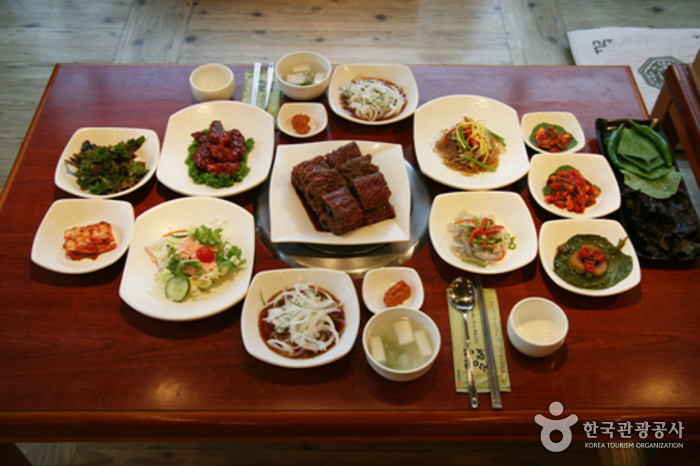
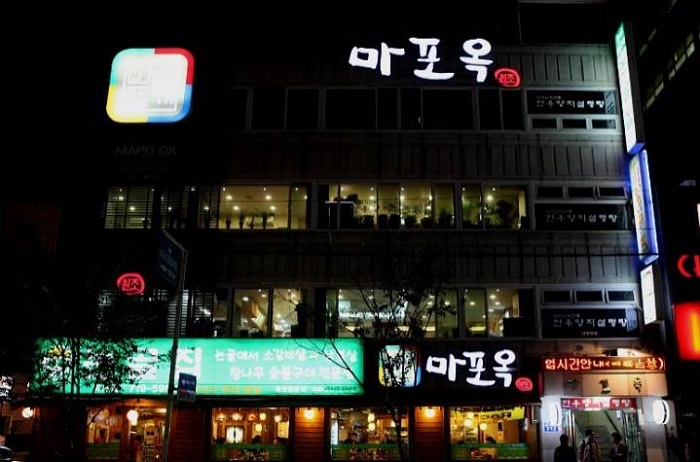
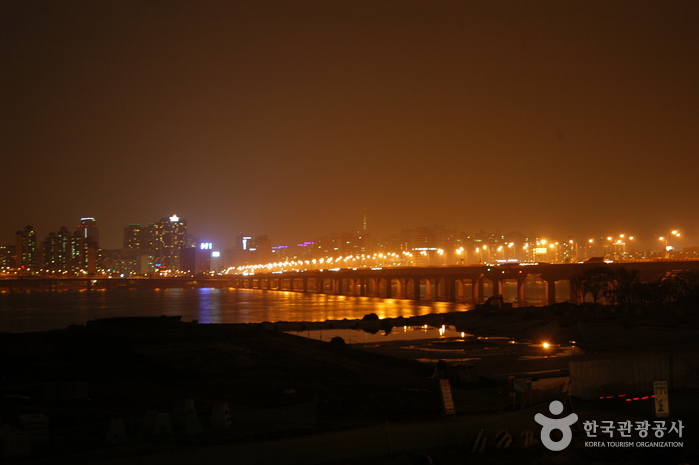

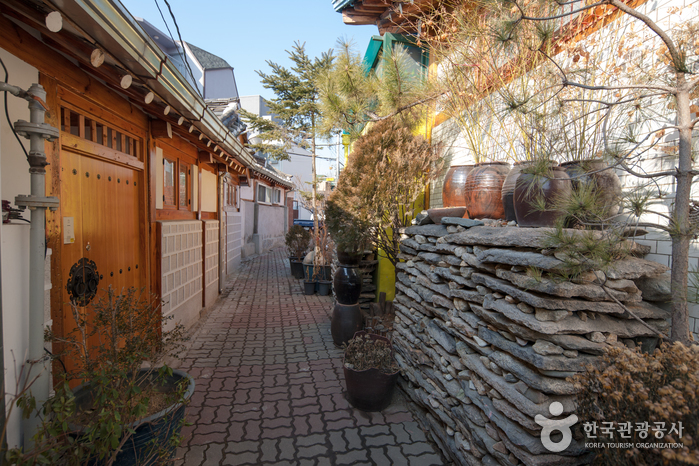
![Nuwa [Korea Quality] / 누와 [한국관광 품질인증/Korea Quality]](http://tong.visitkorea.or.kr/cms/resource/07/2707607_image2_1.jpg)
![NUHADANG [Korea Quality] / 누하당 [한국관광 품질인증]](http://tong.visitkorea.or.kr/cms/resource/58/2532358_image2_1.jpg)
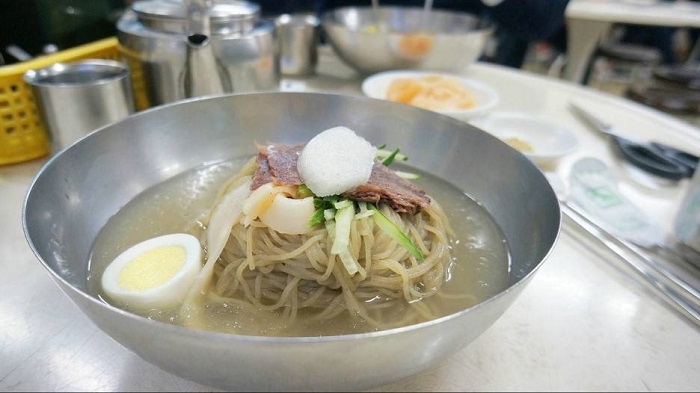
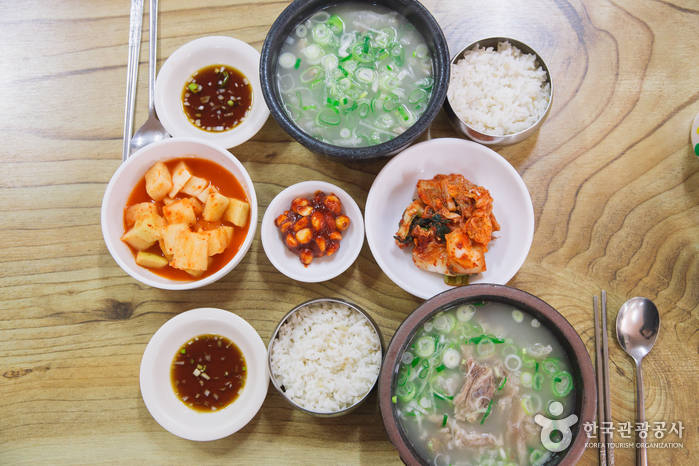
 Français
Français
 한국어
한국어 English
English 日本語
日本語 中文(简体)
中文(简体) Deutsch
Deutsch Español
Español Русский
Русский